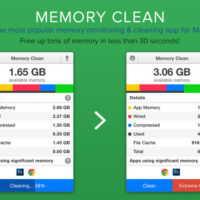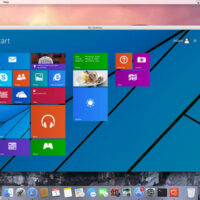During the past few years, Python language has transformed from an average tool into a very demanded and widely used one. It is known for its forgiveness, friendliness, and simplicity. Another reason why we all love it so much is that it saves lots of developers’ time.
If you are a beginner and just getting the feel of different programming languages, let us tell you a bit more about Python, its pros, and the best tools.
What Is Python?
In a few words, it is one of many programming languages that we know today. Initially meant to fill in the gaps, today, Python is considered one of the most reliable and popular tools in development, data analysis, and infrastructure management. Since it was introduced in 1991, Python was only used as a backup option for quick prototyping and automation. However, over the past few years, it has evolved into a major force in web app development.
Why is it so popular today? There are a few reasons for that:
- It was designed to be beginner friendly
- Easy to understand and learn
- Flexible
- Versatile
- Brief and easy logics
- More forgiving than most other programming languages
- It is fun to use
As you can see, this language has many pros, which explains its popularity. We would say that it is especially useful for beginners, thanks to its versatility and easy to read code. Thus, if you are a beginner, be sure to check it out. And, even if you are already an expert developer, don’t neglect the handiness of python and benefit from it! However, be sure to learn how to update python on Mac and other operating systems before you start working with it. Updating it to the latest version is definitely a good idea!
Top Python Tools To Opt For
Apart from all of these benefits, this language is known for being perfect for data science and machine learning purposes. Below, we have gathered some of its best tools that will come in handy to every developer of machine learning or data science apps:
Best Tools For Machine Learning
- Shogun
This is a C++ open source library that comes with a wide range of accessible algorithms and a bunch of free handy tools! This tool mainly focuses on kernel machines. This is a great and quite versatile tool that offers interfaces for different languages, including Java, Python, Octave, etc.
- Scikit-Learn
Our next pick is another library that can be used for machine learning on python. However, it can also be used for data science, which makes it a very flexible tool. Scikit-learn has extensive functionality. Some of the main features of this tool are regression, clustering, and classifying algorithms. It is free of charge and super easy in use. One of its biggest benefits is a high speed of performance.
- Keras
This is another open source library design for faster and easier implementation of complex learning models. It also makes research and development quite intuitive, which is another benefit. In general, it is a very modular, user-friendly, and easily extensible tool.
- Theano
This is an excellent optimizing compiler and library for python. This tool makes numerical computation super fast and simple. Just like our previous tool, Theano can be used for implementing deep learning models. This is a highly efficient, extensive, stable, and dynamic tool.
Best Tools For Data Science
- SciPy
This library is designed specifically for scientific and technical computation. It is created based on NumPy array objects and provides lots of handy modules for integration, image processing, optimization, and linear algebra.
- Numba
The next tool on our list is a versatile open-source optimizing compiler. One of its main features is that it fastens the compilation of code with the help of the NumPy array. The main reason to add it to your toolkit: it makes it possible to optimize the performance of your python code to make it work as good as C or C++, without changing the languages!
- Cython
This is a must-have tool for everyone who works with python! It boosts the code’s performance and speed and is able to generate standard python modules.
- Dask
Our last (but not less effective) tool is Dask. Developers love it because this library is capable of enabling parallel computing in Python, supports the Pandas and NumPy array, and can run both on a cluster or local computer.












